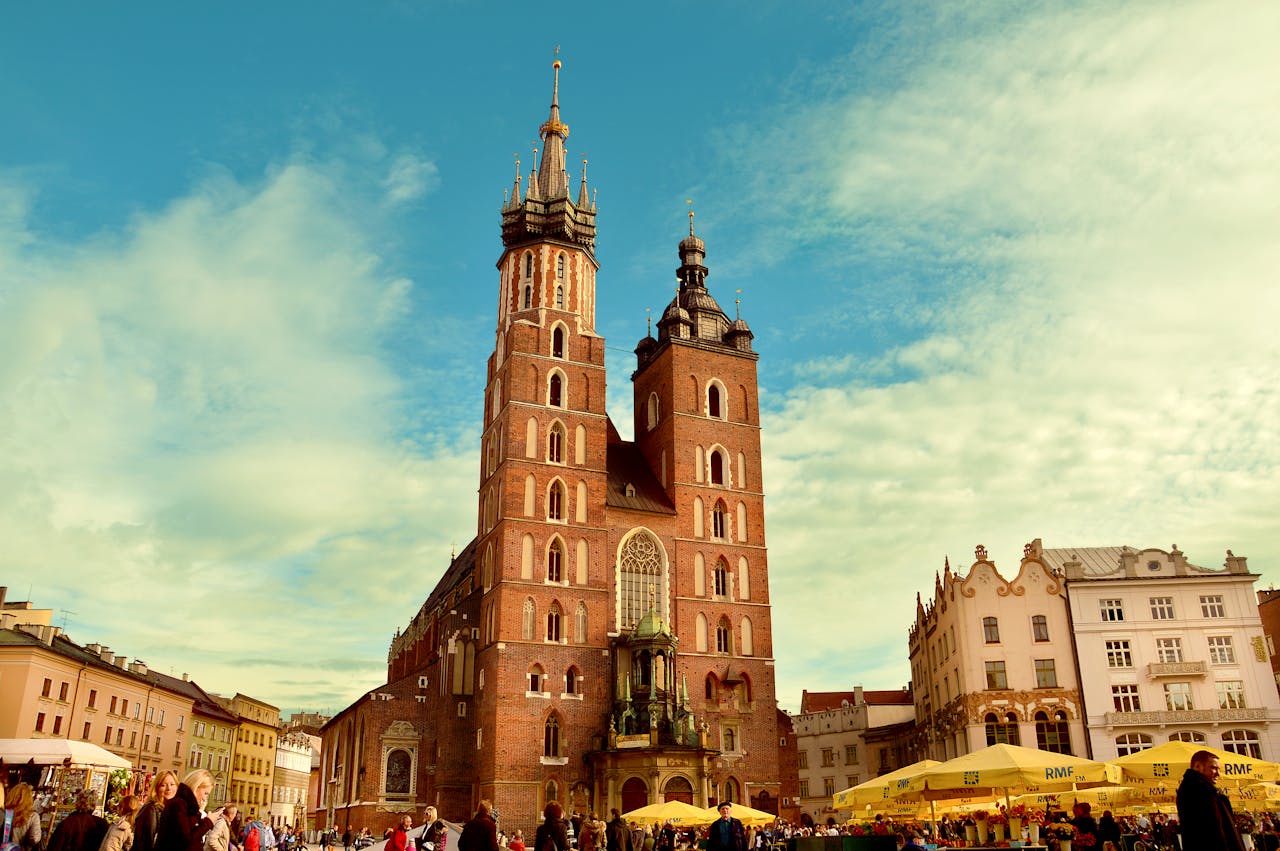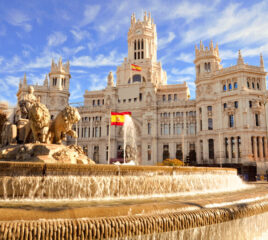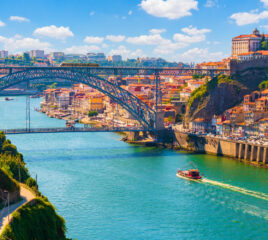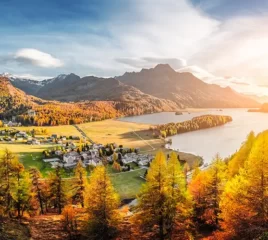Note that iPhone devices from Mainland China aren’t eSIM compatible. Also iPhone devices from Hong Kong and Macao aren’t compatible (except for iPhone 13 Mini, iPhone 12 Mini, iPhone SE 2020 and iPhone XS)
Poland’s heart beats not just through its cities and countryside, but through the stories whispered in the shadows of its mountains, rivers, and forests. From dragons beneath castles to spirits in the woods, Polish folklore and legends have endured for centuries, inspiring art, literature, architecture, and even national identity.
These myths are more than tales — they are reflections of a nation’s soul, passed down through generations, shaping local customs, festivals, and traditions. Whether you’re a curious traveler, history lover, or cultural explorer, this journey through Polish folklore will introduce you to the timeless magic behind Poland’s cultural tapestry.
Activate eSIM Instantly
Get online in minutes with quick, hassle-free setup — no local SIMs needed.
The Legend of the Wawel Dragon – Smok Wawelski
Arguably Poland’s most famous legend, the Wawel Dragon once terrorized the city of Kraków, devouring livestock and threatening villagers. According to legend, many knights failed to slay the beast — until a clever shoemaker stuffed a lamb with sulfur and left it at the dragon’s lair beneath Wawel Hill.
The dragon devoured the bait and, consumed by thirst, drank so much water from the Vistula River that it exploded.
Today, a fire-breathing statue marks the site near Wawel Castle, and the story has inspired children’s books, animations, and Kraków’s city spirit.
The Legend of King Popiel and the Mice
A tale of tyranny and karmic justice, King Popiel was said to be a corrupt and cruel ruler who poisoned his uncles to consolidate power. As punishment, nature responded with a gruesome fate: a swarm of mice devoured him alive inside his tower near Lake Gopło.
The story serves as a moral parable, warning against betrayal and tyranny, and echoes in Polish sayings about justice and fate. The Popiel Tower ruins in Kruszwica remain a haunting monument to the legend.
The Forest Nymphs – Rusałki
In Slavic folklore, rusałki are water nymphs — beautiful but dangerous spirits of young women who died tragically or unbaptized. They lure travelers or wandering men near rivers and forests with enchanting singing.
Rusałki often appear in Polish art, ballet, and literature as symbols of longing, death, and feminine mystique. In some regions, midsummer festivals like Noc Kupały include songs, bonfires, and rituals to appease these spirits and celebrate nature.
The White Eagle – Poland’s Founding Legend
According to legend, three Slavic brothers — Lech, Czech, and Rus — set out in different directions to establish their own kingdoms. Lech, upon seeing a majestic white eagle against a red sunset sky, founded his settlement there and named it Gniezno (from “gniazdo” meaning nest).
The eagle became a symbol of Polish sovereignty, still featured on the national coat of arms today. This tale is a cherished origin story for the Polish identity, taught to children and celebrated during patriotic events.
Travel Smart Across Poland
Enjoy reliable coverage for maps, apps, and cultural adventures anywhere.
The Basilisk of Warsaw
In medieval Warsaw, a terrifying creature called the basilisk lived in a dungeon beneath the Old Town. Anyone who looked into its eyes would turn to stone. One day, a brave man holding a mirror tricked the basilisk into seeing its own reflection — and it perished instantly.
The legend symbolizes the triumph of wit over fear, and today, you can visit the Warsaw Basilisk statue in the city’s Old Town, where the tale continues to captivate young visitors and history buffs alike.
The Legend of the Lajkonik
In Kraków, the Lajkonik — a man dressed as a bearded Tatar warrior riding a wooden horse — parades through the streets every June. This tradition stems from a legend that after a Mongol raid, locals disguised themselves in enemy clothes and surprised the invaders, protecting the city.
What began as folklore evolved into a colorful annual event. Locals believe being touched by the Lajkonik’s mace brings good fortune, and the celebration blends history, humor, and pride in local resilience.
How Folklore Shapes Polish Culture?
Polish folklore is not just preserved in books and legends — it lives on in:
- Wycinanki (traditional paper cutouts with mythical themes)
- Kraków Nativity Scenes featuring dragons and forest creatures
- Literature and film, from Mickiewicz’s Pan Tadeusz to contemporary Polish cinema
- Folk music and dance, especially during Dożynki (harvest) and Noc Kupały
These myths have shaped everything from Polish village architecture to lullabies and regional costumes.
Traveling to Poland? Stay Connected with eSIM Poland
As you explore Poland’s enchanting castles, ancient forests, and quaint villages, you’ll want to stay connected to maps, translations, or simply share your journey in real time. That’s where Voye Global’s eSIM Poland comes in:
- Instant activation — no need for local SIMs
- Affordable tourist data plans
- Great coverage, even in remote regions
- Perfect for using travel guides and folklore apps on the go
Stay Connected in Poland with eSIM – Make your folklore-filled adventure smooth and seamless.
Final Thoughts: Where Magic Meets Memory
Poland’s folklore is not confined to dusty pages — it’s alive in the festivals, legends, art, and spirit of the people. From Kraków’s dragon caves to the haunted lakes of Mazury, these tales offer insight into Polish values: courage, cleverness, loyalty, and reverence for nature.
As you walk through ancient forests or attend a village fest, remember — you’re not just visiting a place, but stepping into a story centuries in the making.
Would you like me to create a banner image for this blog showing a magical blend of Polish folklore elements like the Wawel Dragon, Rusałki, and the White Eagle in an artistic village setting?
Explore Polish Legends with eSIM
Stay connected while discovering Poland’s castles, forests, and folklore.
Seamless Mobile Data Everywhere
















